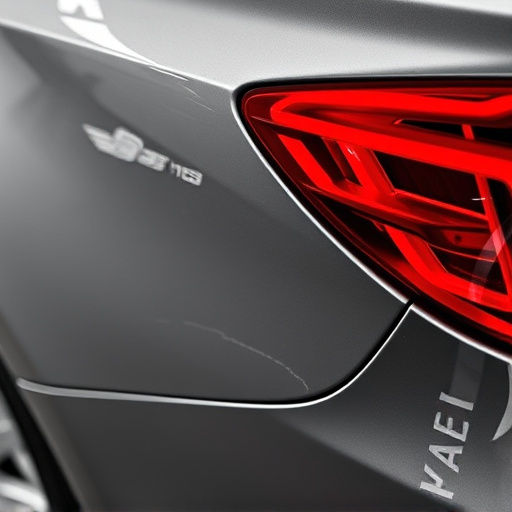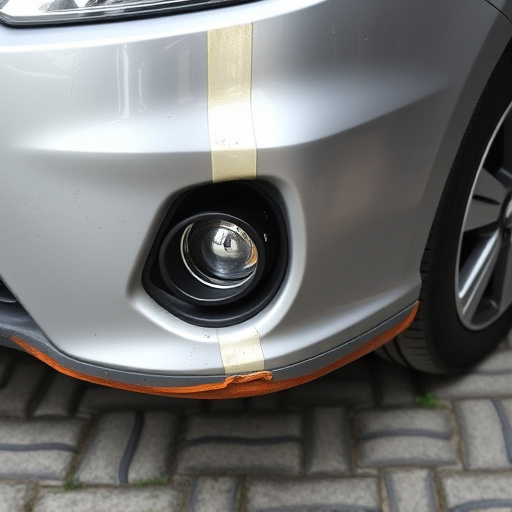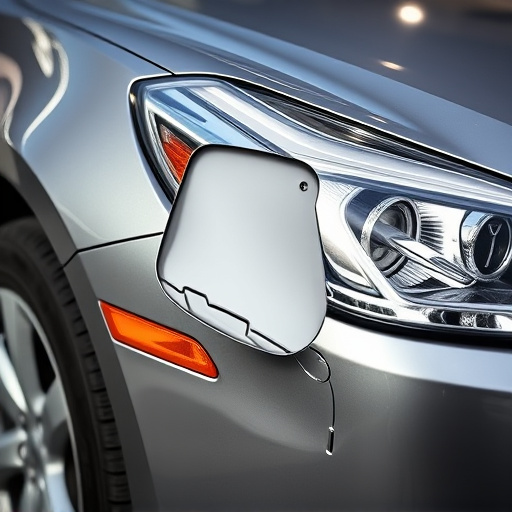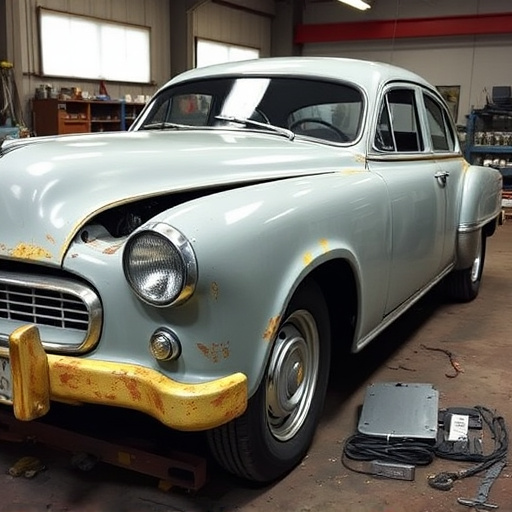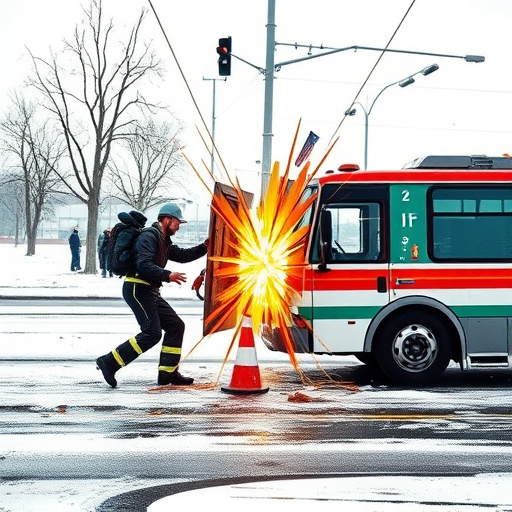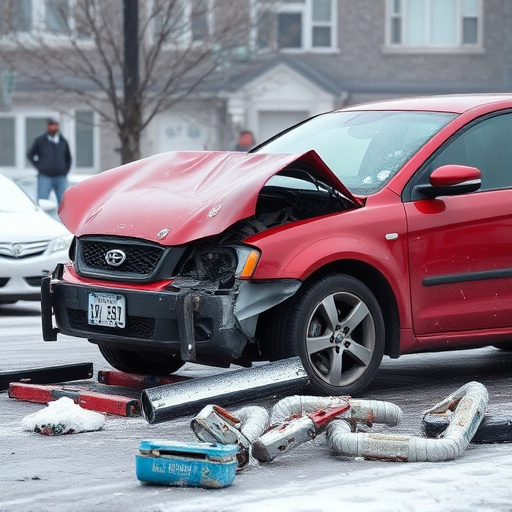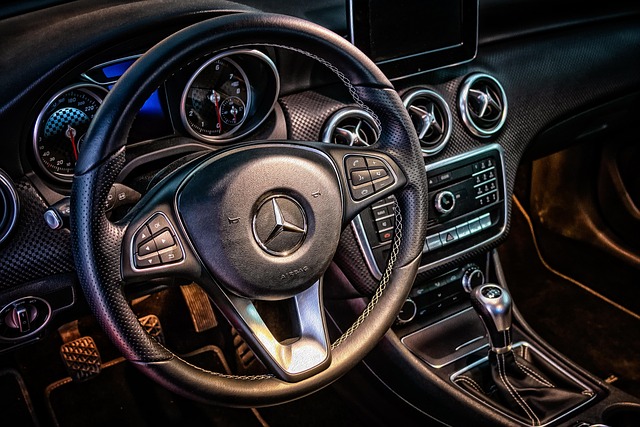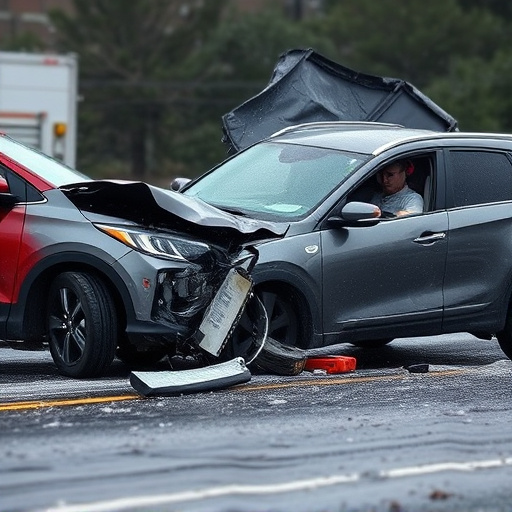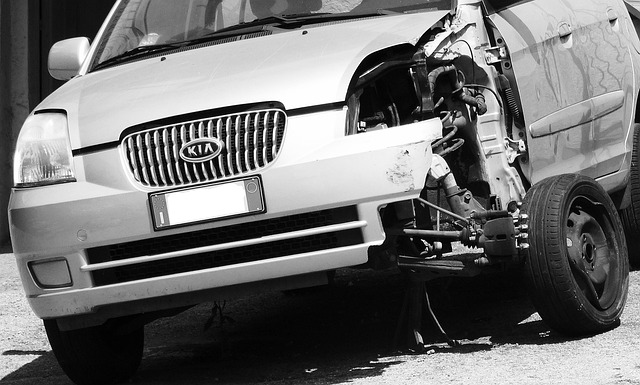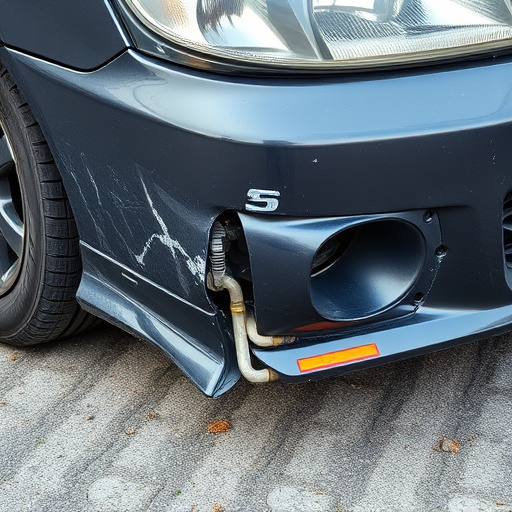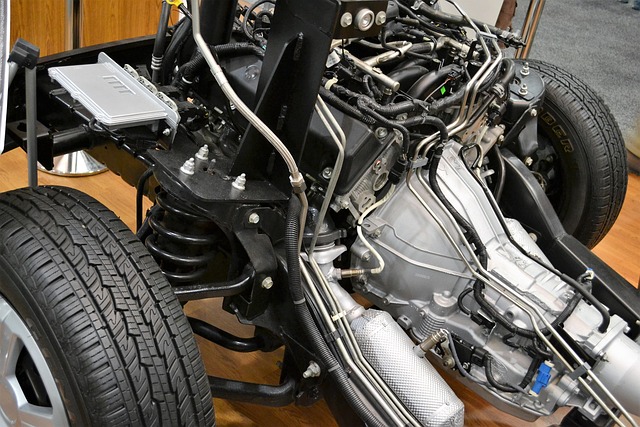TL;DR:
Consistent color matching excellence is crucial for professional painting and auto repair services, ensuring vehicles look new and restoring their value. This requires technical precision, understanding paint nuances, and mastering color theory to deliver flawless finishes. Such expertise enhances customer experiences, builds trust, and serves as a competitive advantage, fostering positive perceptions of brands and encouraging repeat business. Across industries like automotive, design, and retail, precise color reproduction drives innovation, boosts satisfaction, and strengthens brand reputations.
In the realm of visual communication, achieving consistent color matching excellence is paramount. It’s not just about aesthetics; it impacts brand identity, influences customer perception, and permeates various industries from design to manufacturing to retail. This article delves into the science and practical steps behind mastering color matching, exploring key techniques like understanding color models (RGB, CMYK, Pantone), leveraging color spaces and profiles, calibrating monitors and printers, and implementing standardized palettes and quality control measures.
- Understanding the Importance of Consistent Color Matching
- – The impact on brand identity and customer perception
- – Applications across various industries (design, manufacturing, retail)
Understanding the Importance of Consistent Color Matching
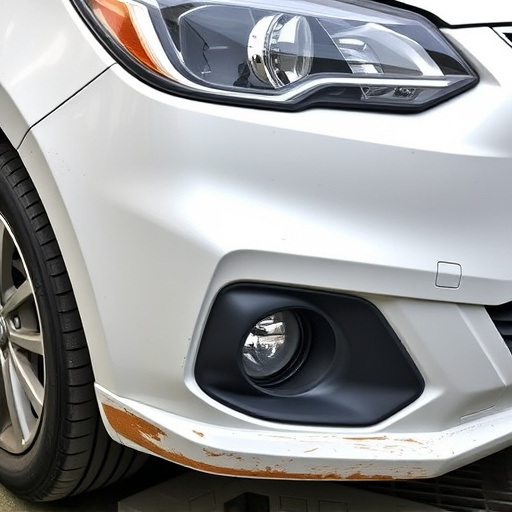
Achieving consistent color matching excellence is paramount in any professional painting or auto repair service, from auto dent repair to paintless dent repair and beyond. It’s not just about aesthetics; accurate color replication ensures that vehicles, or any painted surface, look as good as new after repairs. Consistency here means more than just a visually pleasing result. It encompasses technical precision, understanding the nuances of different paints and finishes, and accounting for factors like lighting and viewing angles that can affect how colors appear.
In the world of auto painting and auto dent repair, consistent color matching excellence is a game-changer. It enhances the customer experience by delivering precisely what they expect—a seamless, flawless finish that restores their vehicle’s value and appearance. This level of expertise not only requires advanced tools and techniques but also a deep knowledge of color theory and the science behind pigments. When executed properly, it becomes a testament to the skill and professionalism of the repair team, ensuring customer satisfaction and fostering trust in their services.
– The impact on brand identity and customer perception
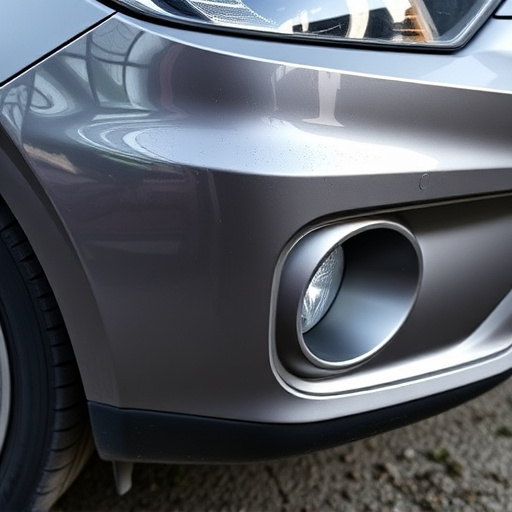
Achieving consistent color matching excellence is a critical aspect of brand identity and customer perception. In today’s competitive market, where visual appeal plays a significant role, maintaining accurate color representation across all marketing materials and products can set a brand apart. Consistency in color ensures that customers recognize and connect with the brand instantly, fostering trust and loyalty. For an auto collision center or collision repair services provider, this translates to ensuring that repaired vehicles not only look new but also perfectly match the original manufacturer’s colors, preserving the car’s overall aesthetic value and market appeal.
Brand consistency in color matching extends beyond individual repairs to encompass the entire customer journey. When a client brings their vehicle for car paint repair, they expect the outcome to be flawless. This excellence influences how satisfied customers will be with the service received and encourages positive word-of-mouth recommendations. It also plays a crucial role in building a strong reputation for collision repair services, ensuring that clients continue to choose the business for future needs and recommend it to their peers.
– Applications across various industries (design, manufacturing, retail)
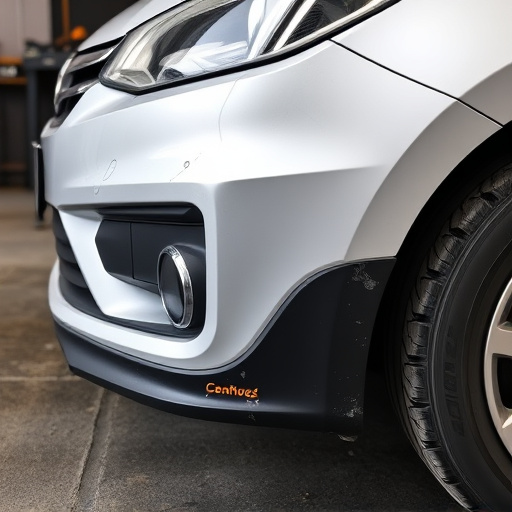
Achieving consistent color matching excellence is a paramount concern across diverse industries, from design and manufacturing to retail. In these sectors, precise color reproduction ensures products meet aesthetic expectations, enhancing customer satisfaction and brand reputation. For instance, in automotive sectors involving car paint repair, frame straightening, or bumper repair, maintaining color consistency is crucial for restoring vehicles’ original appearances and ensuring high-quality finishes that attract buyers.
Similarly, manufacturers rely on consistent color matching to create visually appealing products that align with market trends. Retailers, too, depend on this accuracy to maintain a cohesive brand image and offer customers products that meet their exacting standards. Ultimately, across these varied applications, the pursuit of color matching excellence drives innovation, enhances product quality, and solidifies customer trust in both physical and digital retail environments.
Achieving consistent color matching excellence is not merely an aesthetic concern; it’s a pivotal aspect of brand identity and customer perception across diverse industries, from design and manufacturing to retail. By meticulously understanding and implementing the process, businesses can ensure their products and services maintain a unified visual language, fostering trust and enhancing brand recognition. This, in turn, translates into stronger customer loyalty and market competitiveness.

